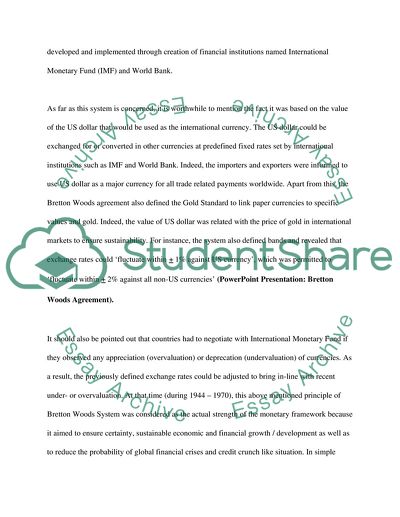Cite this document
(Funds for Economic Development role of IMF and World Bank Term Paper - 17, n.d.)
Funds for Economic Development role of IMF and World Bank Term Paper - 17. Retrieved from https://studentshare.org/finance-accounting/1742240-international-business
Funds for Economic Development role of IMF and World Bank Term Paper - 17. Retrieved from https://studentshare.org/finance-accounting/1742240-international-business
(Funds for Economic Development Role of IMF and World Bank Term Paper - 17)
Funds for Economic Development Role of IMF and World Bank Term Paper - 17. https://studentshare.org/finance-accounting/1742240-international-business.
Funds for Economic Development Role of IMF and World Bank Term Paper - 17. https://studentshare.org/finance-accounting/1742240-international-business.
“Funds for Economic Development Role of IMF and World Bank Term Paper - 17”, n.d. https://studentshare.org/finance-accounting/1742240-international-business.


